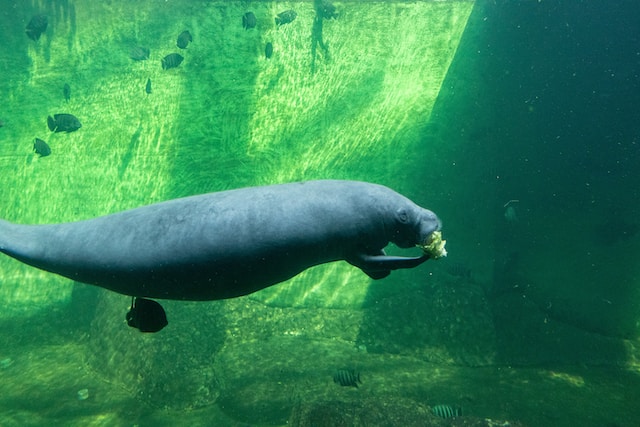Introduction: The COVID-19 pandemic and subsequent quarantine measures have brought about unexpected changes in the natural world. As human activities were restricted, wildlife, particularly wild mammals, experienced a resurgence in various regions. This article explores the remarkable comeback of wild mammals during the quarantine period, highlighting the positive impacts of reduced human presence on their populations and habitats.
- Reduced Human Disturbance: With the implementation of quarantine measures, human activities such as tourism, recreation, and industrial operations came to a halt. This significant reduction in human disturbance provided a unique opportunity for wild mammal populations to rebound. The absence of noise, traffic, and pollution created a more favorable environment for these animals, allowing them to thrive.
- Increased Habitat Availability: The reduced human presence during quarantine indirectly led to increased habitat availability for wild mammals. With limited human access to natural areas, habitats that were previously fragmented or disturbed experienced a temporary reprieve. As a result, mammals had access to larger territories, better food resources, and undisturbed breeding sites, contributing to population growth and overall ecological balance.
- Shifts in Animal Behavior: The decrease in human activity also influenced the behavior of wild mammals. Some species, typically more elusive or sensitive to human presence, exhibited bolder behaviors and ventured into areas they previously avoided. For example, nocturnal mammals like foxes and raccoons were spotted during daylight hours, taking advantage of the reduced risk of human encounters. These behavioral changes provided unique opportunities for wildlife enthusiasts and researchers to observe and study these animals.
- Urban Wildlife Encounters: With reduced human activity in urban areas, wild mammals began exploring city environments. Urban dwellers reported sightings of animals like deer, coyotes, and even larger mammals such as bears in residential neighborhoods. This reemergence of wildlife in urban settings highlighted the adaptability and resilience of these species in the face of changing circumstances.
- Ecological Benefits: The resurgence of wild mammals during quarantine had positive ecological implications. Predators, such as wolves and mountain lions, experienced an increase in prey availability due to reduced hunting pressure and human disturbances. This, in turn, helped maintain a healthier balance within ecosystems. Additionally, the recovery of herbivorous mammals, like deer and elk, had a cascading effect on vegetation dynamics, influencing plant diversity and forest regeneration.
- Opportunities for Conservation: The resurgence of wild mammals during quarantine served as a reminder of the importance of conservation efforts and the potential for positive change when human activities are curtailed. It highlighted the significance of protected areas, habitat restoration, and reducing human disturbances in maintaining healthy wildlife populations. The lessons learned during this period can inform future conservation strategies aimed at preserving biodiversity and ensuring the long-term survival of wild mammal species.
- Enhancing Awareness and Coexistence: The resurgence of wild mammals during quarantine also provided an opportunity to raise awareness about the importance of coexistence between humans and wildlife. It emphasized the need for responsible behaviors such as proper waste management, respecting natural habitats, and minimizing human-wildlife conflicts. Public engagement and education programs can capitalize on these experiences to promote a greater understanding and appreciation of wildlife.
Conclusion: The quarantine period brought about unexpected benefits for wild mammals, as reduced human disturbance allowed their populations to rebound and habitats to recover. The resurgence of these species served as a reminder of nature’s resilience and the potential for positive change when human activities are restrained. As we move forward, it is crucial to continue striving for sustainable practices and conservation efforts that foster coexistence and protect the natural world for future generations.












